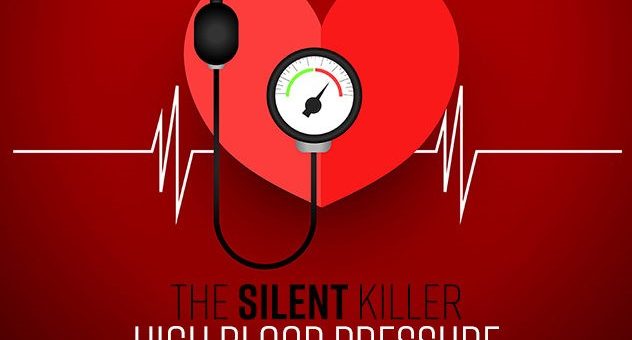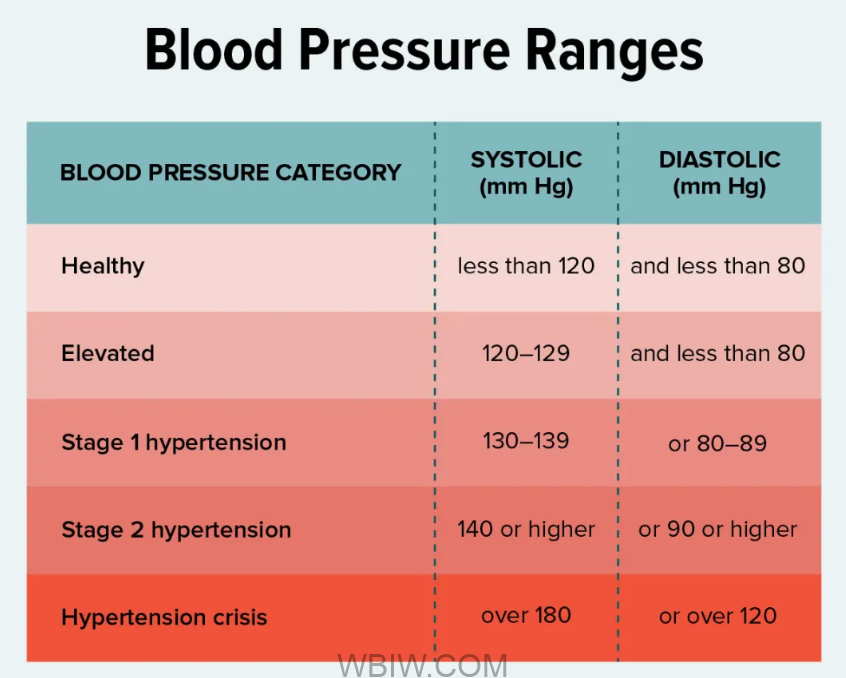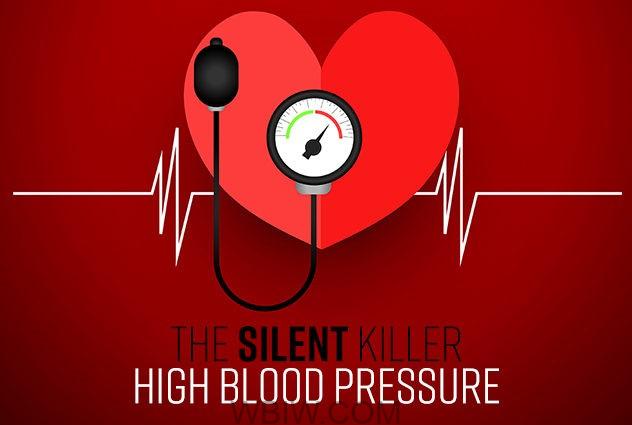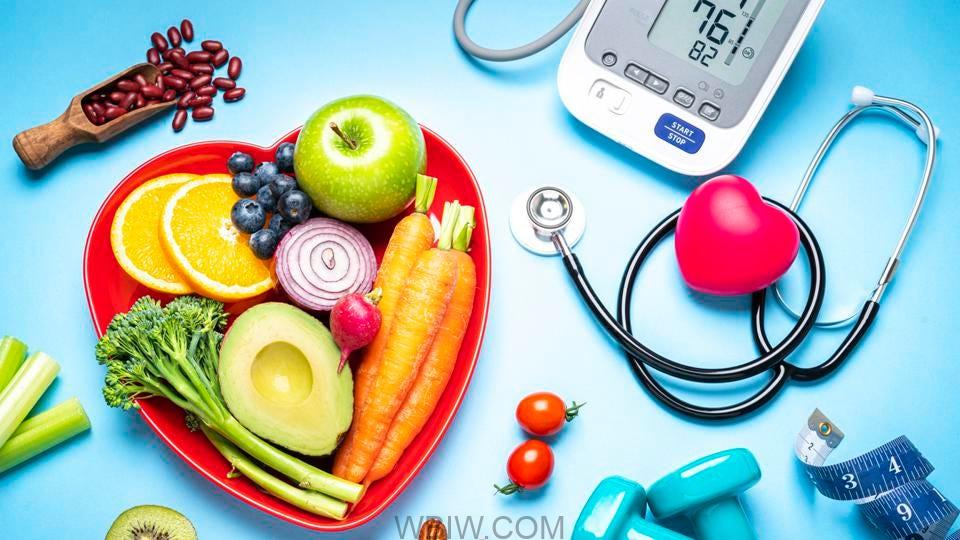
High blood pressure, which doctors technically refer to as hypertension, can slowly develop and damage your body for years; and over time, if high blood pressure causes enough damage, it can increase your risk of having a stroke or heart attack.

It’s a dangerous condition, but what makes it even more dangerous is that high blood pressure doesn’t usually present with many symptoms, and is often called the “silent killer.” But this doesn’t mean you’re completely out of luck when it comes to diagnosing and treating hypertension. Here’s what you need to know about high blood pressure and how it may present in those affected by it.
In general, blood pressure is defined as “the force of blood on a vessel wall, and having your blood pressure measured by a doctor is the only way to truly know whether your blood pressure is too high.

That blood pressure reading, which is measured by a gauge attached to an inflatable blood pressure cuff that wraps around your arm and gently tightens, comes in two different numbers: Your systolic blood pressure (the pressure inside your arteries when your heart beats) and your diastolic blood pressure (the pressure inside your arteries when your heart is resting).
Doctors tell you your blood pressure in this format: systolic blood pressure over diastolic blood pressure. For example, 120 over 80 (120/80) is considered the normal range for blood pressure, per the American Heart Association (AHA).

While some risk factors can contribute to high blood pressure, like smoking, high-stress levels poor diet, not enough exercise, and genetics, symptoms of hypertension aren’t quite as cut-and-dry. The AHA lists three “inconclusively related symptoms of high blood pressure”:
- Blood spots in the eyes: This condition—technically called subconjunctival hemorrhage—is more common in those with diabetes and high blood pressure, though neither directly causes the blood spots, per the AHA.
- Facial flushing: The AHA says facial flushing happens when blood vessels in the face dilate. While facial flushing may occur with high blood pressure, it can also be a result of various other factors like sun exposure, cold temperature, spicy foods, and skincare products.
- Dizziness: While dizziness isn’t directly caused by high blood pressure, the AHA says that sudden onset dizziness, loss of coordination and balance, and trouble walking should not be ignored, since they can be indicators of a stroke (for which high blood pressure is the leading cause).
With that said, while higher-than-normal blood pressure often doesn’t show specific symptoms, a hypertensive crisis, when blood pressure rises quickly and severely and reads 180/120 or higher, can show some more specific symptoms and necessitate immediate medical attention, according to the AHA. These emergency symptoms include:
- Severe headache
- Shortness of breath
- Nosebleeds
- Severe anxiety

The takeaway here? Get your blood pressure checked regularly and listen to your doctor if they advise you to lower your blood pressure. Unlike other medical conditions, you can’t count on a symptom to signal to you that your blood pressure is dangerously high, so it’s important to try to keep your blood pressure under control consistently, especially if a medical professional suggests that you need to.
Thankfully, various blood pressure medications can be prescribed based on a specific patient’s needs, but there are also many different ways to lower your blood pressure via lifestyle changes. If you smoke, consider stopping, and also make sure not to drink excessively. Additionally try to lower your stress levels as much as possible, eating more whole foods, and regularly exercising.



